- Video Player
Media error: Format(s) not supported or source(s) not found
Download File: https://www.neurohopewellness.org/wp-content/uploads/2025/03/Website_Banner-Our_Tools-v3.mp4
- Video Player
Media error: Format(s) not supported or source(s) not found
Download File: https://www.neurohopewellness.org/wp-content/uploads/2025/03/Website_Banner-Our_Tools-v3.mp4
Therapy
Tools
Therapy and Wellness
NeuroHope staffs Physical Therapists, Occupational Therapists, and Speech-Language Pathologists that specialize in neurorecovery and trained Neuro Exercise Specialists that are devoted to bettering the lives of individuals living with spinal cord injury, brain injury or stroke.
Our services focus on aggressive, Activity-Based therapy and exercise. These interventions concentrate on activating the neuromuscular system below the injury level, and focus on weaknesses and recovery.
We accept most insurance plans, and uniquely offer affordable private-pay rates so patients can continue activity-based therapy and exercise to maximize recovery and improve long-term quality of life.
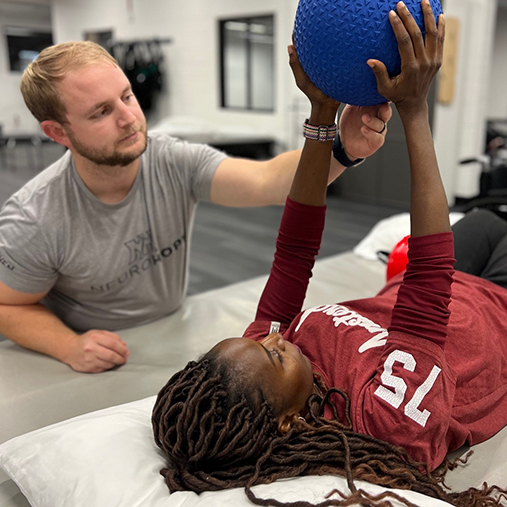
Floor and Mat Work
Stretching and core exercises are a vital part of any rehabilitation or wellness program. Above all else, we want to make sure patients continue to have access to specialists after they leave inpatient rehabilitation, and continue to have access to trainers to maintain a healthy lifestyle.
Therapy at NeuroHope gets individuals out of their chairs and working hard. We focus on functional activities to improve muscular and cardiovascular health, that help alleviate the complications that come hand in hand with SCI (bladder infections, pressure sores, range of motion, spasticity).
The benefits of improving health through regular exercise have proven to reduce hospital re-admission rates and health care costs, benefitting hospitals, insurers, patients and caregivers.
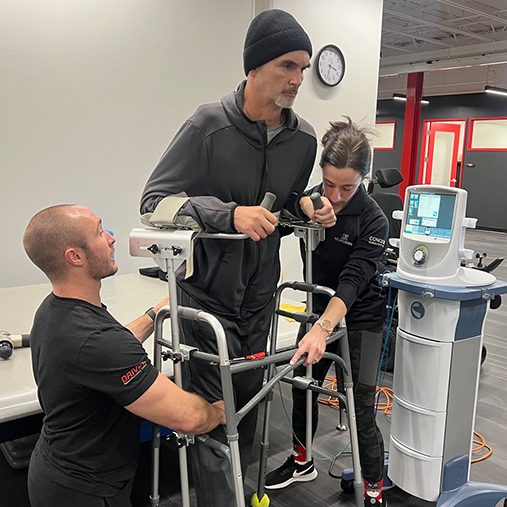
Standing / Weight Bearing Activities
Weight bearing activities, accomplished by loading the extremities, pelvis, and core, assists in improving balance, posture, strength, and helping to manage tone. It can improve endurance, activity tolerance, and increase sensory input to the central nervous system. Secondary benefits such as improved bone density, bowel and bladder function, and respiratory function may also be seen.
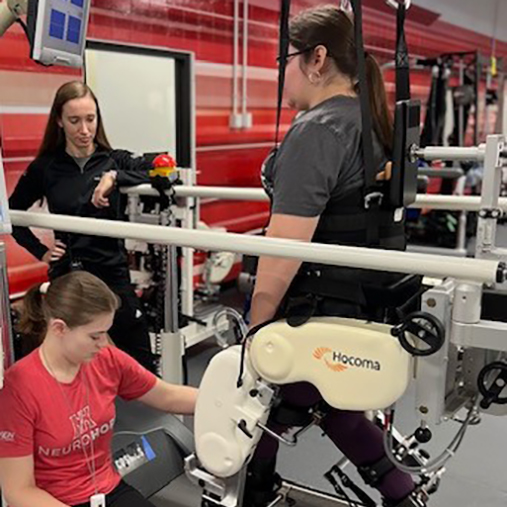
Lokomat: Robotic Gait Training
The Lokomat is a robotic exoskeleton used over a treadmill to help retrain gait kinematics. Robotic ambulation can improve strength and range of motion after injury and promote recovery for a variety of neurologic conditions.
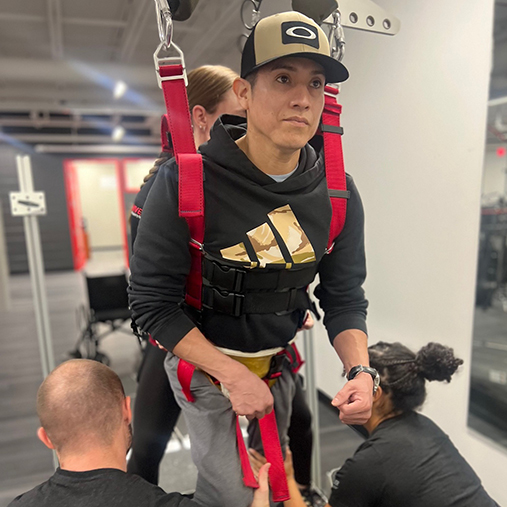
Body-Weight Support Locomotor Training
A form of step training over a treadmill and with bodyweight support. A team of clinicians use specific hand placement and sensory cueing to promote a reflexive stepping response to allow progression toward gait training.
No two patients respond to therapy in exactly the same way, however, weight bearing, balance, trunk /motor control, gait, cardiovascular health, respiratory strength and, ultimately, overall health and quality of life can all be improved through locomotor training.
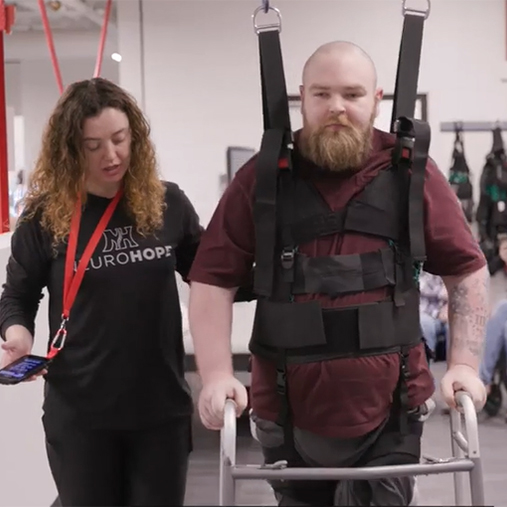
Over-Ground Gait Training
Our clinicians work to improve independence with ambulation overground with the use of various canes or walkers, bodyweight support devices, manual handling techniques, or challenging environments to allow for improved function in the home or community.
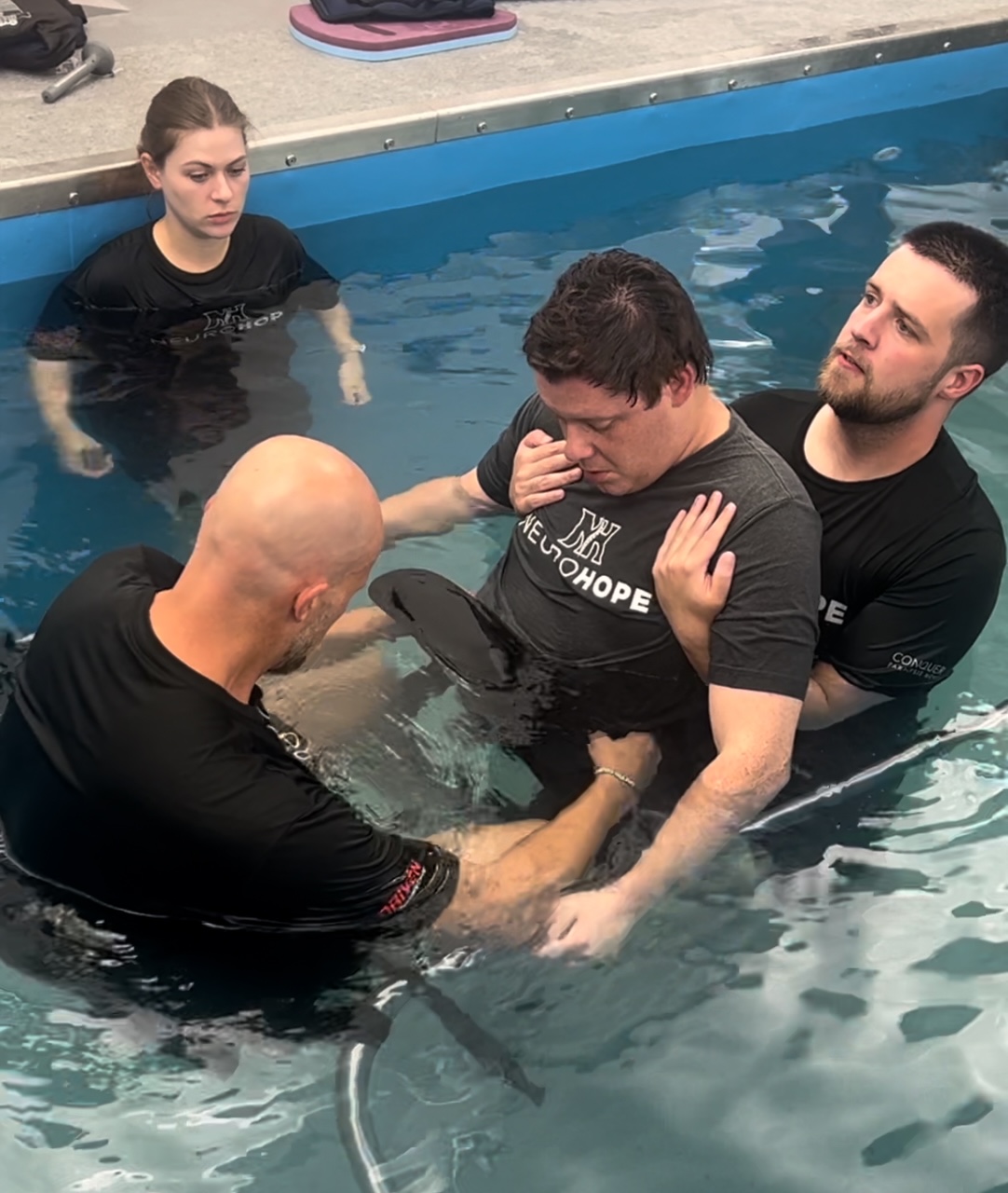
Aquatics
Our aquatics program uses Hydroworx therapy pools equipped with full-surface underwater treadmills, cameras to assess movement and gait, therapy jets to provide resistance, and an adjustable floor depth to meet the specific needs of any patient.
Using water resistance and buoyancy in treatment sessions can improve strength, balance, and endurance while unloading the body from the strain of gravity and allowing greater control of a person’s movements.
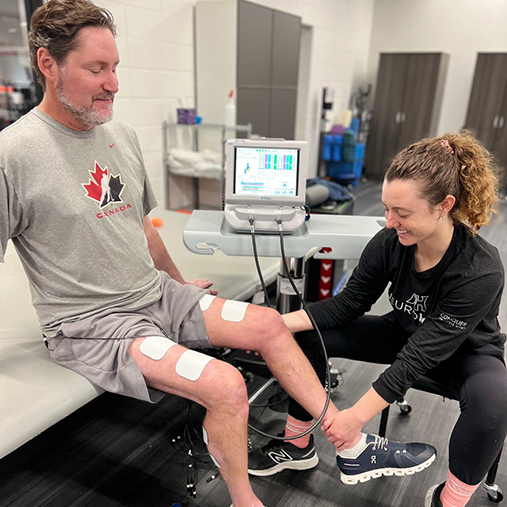
Neuromuscular Electrical Stimulation (NMES)
Electrical stimulation activates muscles even though they may be weak or paralyzed as a result of neurological disease or injury. NMES is a non-invasive activity-based rehabilitation that uses pulses of electrical current to achieve muscle contractions. NeuroHope uses specialized equipment that features up to 24 channels of stimulation programed to patterned muscle activity. This enables patients to complete specific tasks such as standing, reaching and grasping.

Transcutaneous Electrical Stimulation (TSS)
Transcutaneous Electrical Stimulation (TSS) is an alternate form of Neuromuscular Electrical Stimulation that uses electrodes over the skin to stimulate the spinal cord directly, as opposed to placing electrodes on affected muscle groups and the peripheral nervous system. The goal: increase motor signal strength by tapping into the excitability of the nervous system at the spinal cord. Some patients may be more appropriate for different forms of electrical stimulation (TSS / NMES) than others.
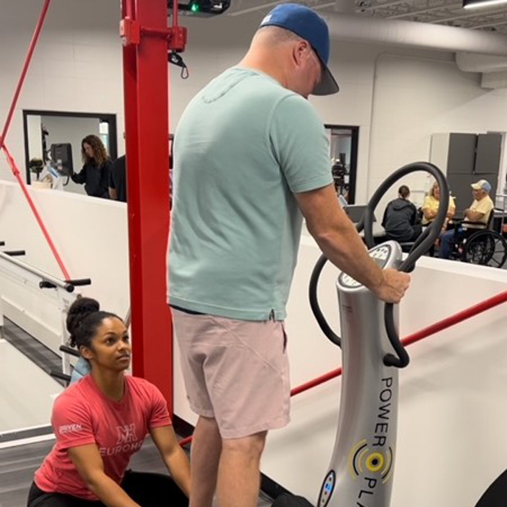
Whole Body Vibration
NeuroHope incorporates Power Plate whole body vibration training into some treatment plans to activate the body’s natural reflexive response to vibration. Vibration training vibrates 25 to 50 times per second (25Hz to 50Hz), resulting in a natural response that works muscles harder while doing the same exercises. Vibration training has been scientifically proven to address a range of medical conditions, speed recovery time, and help return patients to activities of daily living.
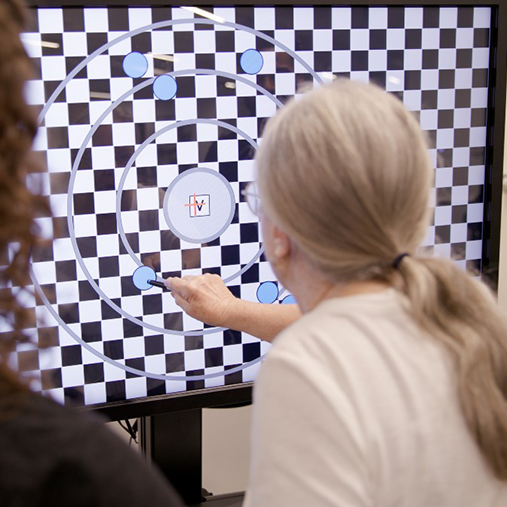
BITS Balance Training
The Bioness Integrated Training System (BITS) combines vision, cognitive, motor, and balance tasks to challenge and assess patient strength , memory, and stability. This is an effective tool for posture and balance training, hand-eye coordination, and vision re-training after neurologic injury.
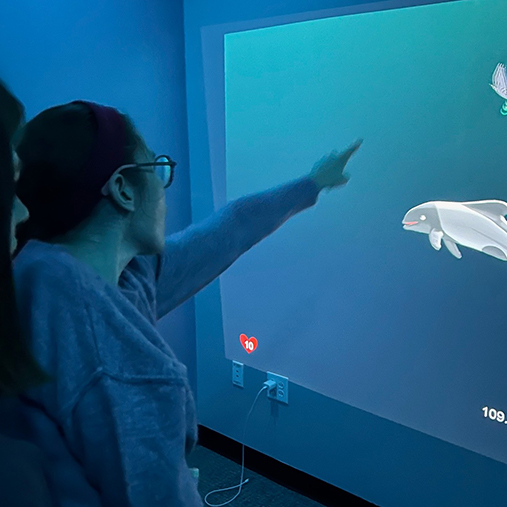
MindPod
MindPod® harnesses cutting-edge neuroanimation that provides high-intensity and high-dose immersive training of cognition and movement in a challenging gaming environment.
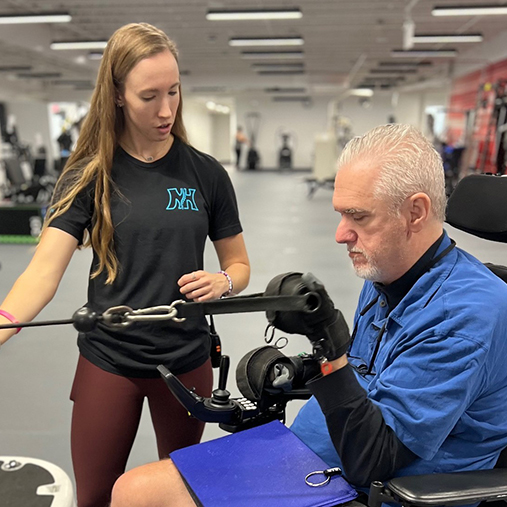
Individualized Wellness
NeuroHope uniquely integrates aggressive physical therapy with individualized wellness programs and personal training. Clients can work with Neuro Exercise Specialists in adaptive strength and cardio training and specialized open-gym programs. This includes access to free weights, cable machines, SCI-Fit arm/leg cycle, Uppertone wheelchair gym, PowerPlate vibration training and more.
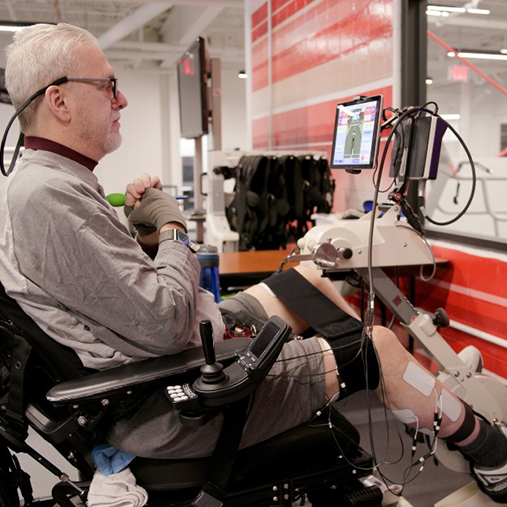
Functional Electrical Stimulation (FES) cycling
NeuroHope uniquely provides access to FES cycles outside of therapy or wellness appointments. Functional Electrical Stimulation (FES) is a rehabilitation technique that applies electrical current to muscle. FES stimulates peripheral nerves that connect the spinal cord to the muscles. FES stimulation of nerves evokes patterned movement of the legs or the arms and enables muscles to perform work even though an individual may have lost all or some voluntary control of the muscles. Regular access to FES can significantly help cardiovascular health and prevent muscle atrophy.
